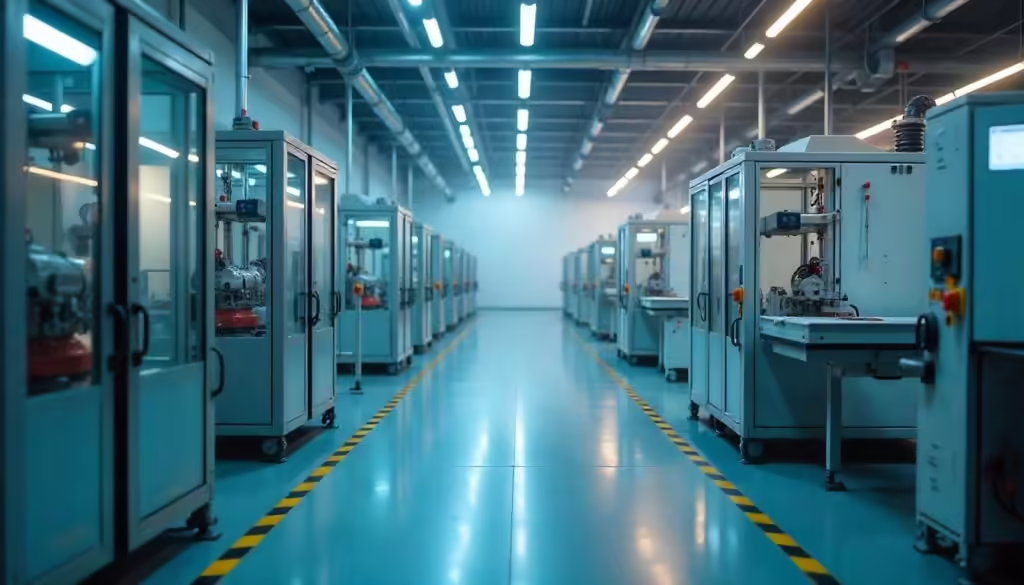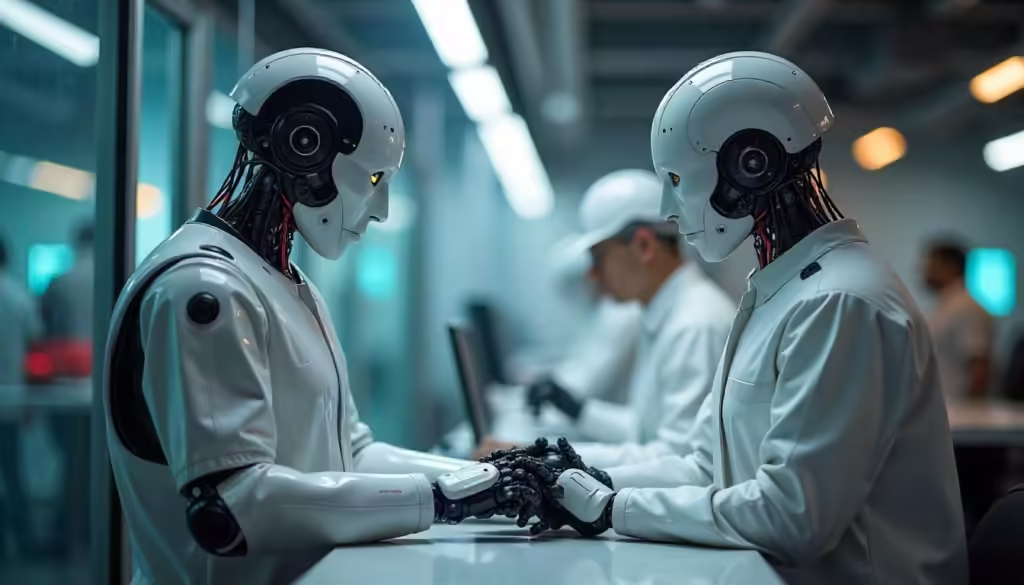A deep dive into the complex relationship between technological advancements and the labor market.
Introduction
The advent of technology has revolutionized our lives in countless ways. From the way we communicate to the way we consume information, technology has become an integral part of our daily existence. However, as with any significant change, the impact of technology on society is complex and multifaceted. One area that has been particularly affected is the labor market. While technology has created new opportunities and jobs, it has also led to job displacement and economic uncertainty.
The Rise of Automation
Perhaps the most significant impact of technology on the labor market has been the rise of automation. As machines and artificial intelligence (AI) become increasingly sophisticated, they are capable of performing tasks that were once the exclusive domain of human workers. This has led to concerns about job loss and economic instability. For example, the automation of manufacturing jobs has led to plant closures and job displacement in many industries.
However, it is important to note that automation is not necessarily a bad thing. In many cases, automation can improve efficiency and productivity, leading to economic growth and job creation in new sectors. For example, the development of AI has created new jobs in fields such as data science, machine learning, and cybersecurity.
The Gig Economy
Another major trend in the labor market is the rise of the gig economy. The gig economy is characterized by short-term, project-based work, often facilitated by online platforms. While the gig economy has created new opportunities for flexible work arrangements, it has also led to concerns about job security and income stability. Many gig workers lack the benefits and protections afforded to traditional employees, such as health insurance and paid time off.
The Skills Gap
The rapid pace of technological change has also created a skills gap in the labor market. As new technologies emerge, workers may find themselves ill-equipped to meet the demands of the modern workplace. This skills gap can lead to unemployment and underemployment, as workers struggle to find jobs that match their skills and experience.
To address the skills gap, governments, businesses, and educational institutions must invest in workforce development and training programs. These programs can help workers acquire the skills they need to remain competitive in the labor market and adapt to the changing nature of work.
The Future of Work
As technology continues to evolve, the future of work is likely to be characterized by increasing automation, globalization, and the gig economy. To navigate these trends successfully, workers will need to develop a wide range of skills, including critical thinking, problem-solving, creativity, and adaptability.
In addition, governments and businesses must work together to create a more equitable and inclusive labor market. This may involve investing in education and training, providing support for displaced workers, and strengthening labor unions.
Conclusion
The relationship between technology and employment is complex and multifaceted. While technology has the potential to create new opportunities and improve our lives, it also poses significant challenges. By understanding the trends shaping the labor market and taking proactive steps to address these challenges, we can ensure that the benefits of technology are shared equitably and that all workers have the opportunity to thrive in the 21st century.




